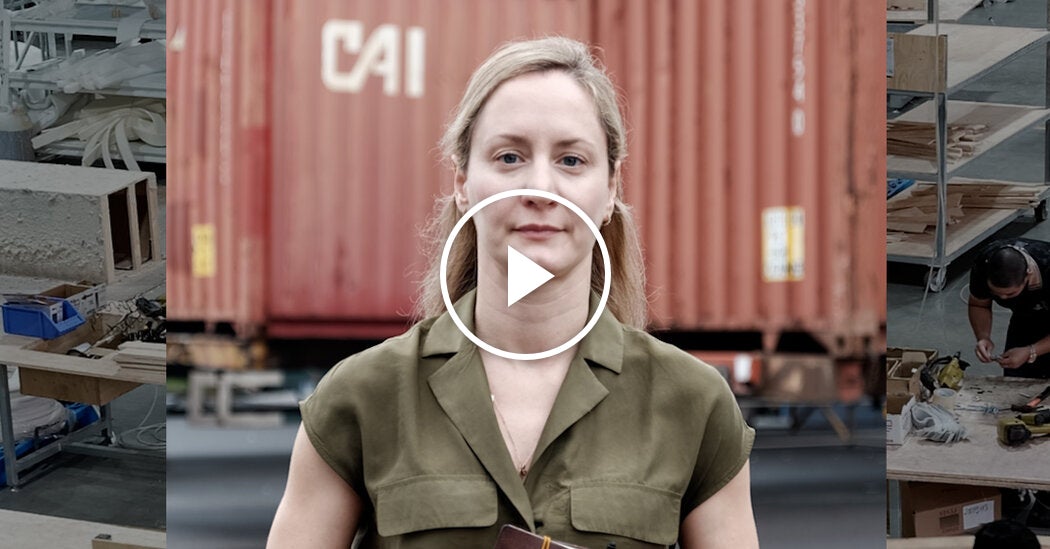Scientists have discovered a fern from South China that naturally forms tiny crystals containing rare earth elements (REEs). This breakthrough opens the door to a promising new way of “green mining” of these minerals called phytomining.
REEs are a group of 17 elements, all metals with similar properties that are essential for everything from wind turbines and electric car batteries to smartphones and medical scanners. As their name suggests, they are rare, typically occurring at low concentrations in Earth’s crust.
Extracting them is expensive and normally involves large-scale conventional mining operations that rely on harsh chemicals and cause significant pollution and land damage. That’s why researchers are exploring cleaner, sustainable plant-based alternatives to collect REEs.
According to a paper published in the journal Environmental Science & Technology, the researchers studied the Blechnum orientale fern, which had been collected from REE-rich areas in South China. It was already known to be a hyperaccumulator, which is a plant that can grow in soil and water with high concentrations of metals and absorb them through its roots. But what they didn’t know was the chemical form the REEs take when inside the plant. This knowledge is vital for designing the most efficient extraction process.
The fern that grows crystals
Using high-powered imaging technology and chemical analysis, the team discovered that the fern was forming nanoscale crystals of the REE-rich mineral monazite within its tissues, particularly in the cell walls and spaces between cells. Monazite is one of the main sources of rare earth elements in geological ore deposits worldwide.
The study authors also observed the crystal form, noting that it grows in a highly complex self-organizing pattern of tiny branches, likening it to a microscopic “chemical garden.” This is the first time scientists have seen a living plant create a rare earth element crystal.
Can we garden for REEs?
While we might not be going out to garden for REEs in the immediate future, the research is further proof that phytomining is feasible. The discovery, even with just one fern, strengthens the case that plants could one day provide a valuable, cheaper, and less destructive method for extracting much-needed rare earth elements.
“Our findings uncover a previously unrecognized, plant-mediated pathway for critical mineral formation in a supergene environment. This discovery not only sheds light on REE enrichment and sequestration during chemical and biological weathering but also opens new possibilities for the direct recovery of functional REE materials,” wrote the researchers.
Written for you by our author Paul Arnold, edited by Lisa Lock, and fact-checked and reviewed by Robert Egan—this article is the result of careful human work. We rely on readers like you to keep independent science journalism alive.
If this reporting matters to you,
please consider a donation (especially monthly).
You’ll get an ad-free account as a thank-you.
More information:
Liuqing He et al, Discovery and Implications of a Nanoscale Rare Earth Mineral in a Hyperaccumulator Plant, Environmental Science & Technology (2025). DOI: 10.1021/acs.est.5c09617
© 2025 Science X Network
Citation:
Chinese team finds a fern that makes rare earth elements (2025, November 13)
retrieved 13 November 2025
from https://phys.org/news/2025-11-chinese-team-fern-rare-earth.html
This document is subject to copyright. Apart from any fair dealing for the purpose of private study or research, no
part may be reproduced without the written permission. The content is provided for information purposes only.





